Around the Thanksgiving holiday, a lot of decorations and advertisements feature a similar image of a turkey: It’s often a big male turkey, all puffed out and in full strut. And we all know that turkey’s saying “gobble gobble.”
If you were lucky enough to see a turkey in the wild on Thanksgiving Day, there’s little chance it would be puffed up and strutting, nor would it be gobbling. Those are primarily the spring breeding displays of male wild turkeys.
In the fall, wild turkeys behave quite differently. So how do wild turkeys spend Thanksgiving Day? Here’s a look at their fascinating behavior during autumn.
Turkeys of a Feather…Flock Together
My first wild turkey sighting came on a late fall day in the mid-80s, when I was deer hunting with my dad. We were about ready to call it a day, looking down into a wooded hollow in Central Pennsylvania. Suddenly, a line of dark forms appeared, moving slowly through the woods, stopping and looking every few steps.
At the time, turkeys were still a rare sight in our part of the state. (In fact, many friends and relatives doubted our story). I recall how big, how beautiful, they looked moving through the hardwoods. But what I mostly remember is how quiet they were. Leaves had piled on the forest floor, loud and crunchy. A lone squirrel sounded like a snowplow when it jumped around. But these turkeys scarcely made a sound.
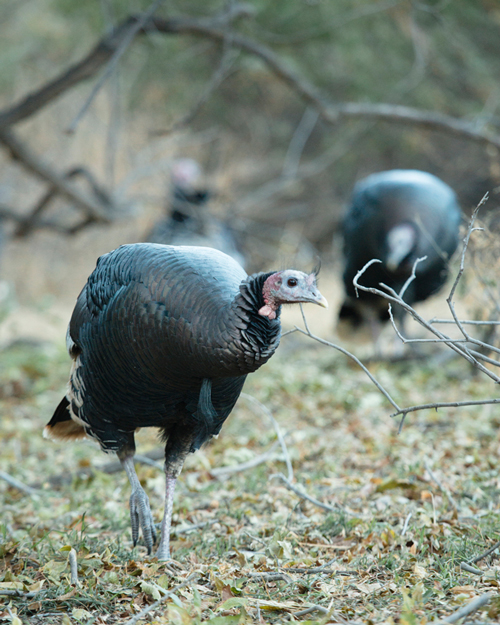
I’d later learn this silence was actually unusual. A flock of turkeys in the fall can be extremely noisy while calling and scratching. On that day, the first day of Pennsylvania’s popular deer season, the woods were full of people, and the turkeys were stealthy and alert.
As a hunter and naturalist, this encounter launched a lifelong interest in wild turkeys. I’ve spent a lot of time observing them. I’ve seen plenty of gobbling and strutting in the spring. I’ve seen turkeys mating, fighting, feeding, roosting and tending chicks. Their spring behavior gets all the attention, but I always find a special thrill watching them in the autumn.
The first thing to understand about fall turkey behavior is the social structure of flocks. Basically, turkeys of a feather flock together. Hen turkeys live in flocks with their female offspring. Oftentimes, several hens and their offspring will combine flocks, so it’s quite common to see 50 or more birds together. The Cornell Lab or Ornithology reports that some winter flocks can consist of 200 turkeys. Hens that were not successful hatching chicks may form smaller flocks with similar lone hens.
Male turkeys form their own flocks. Depending on population size, these too might be segregated by age classes. Young male turkeys, commonly called jakes, band together, and older males form their own groups.
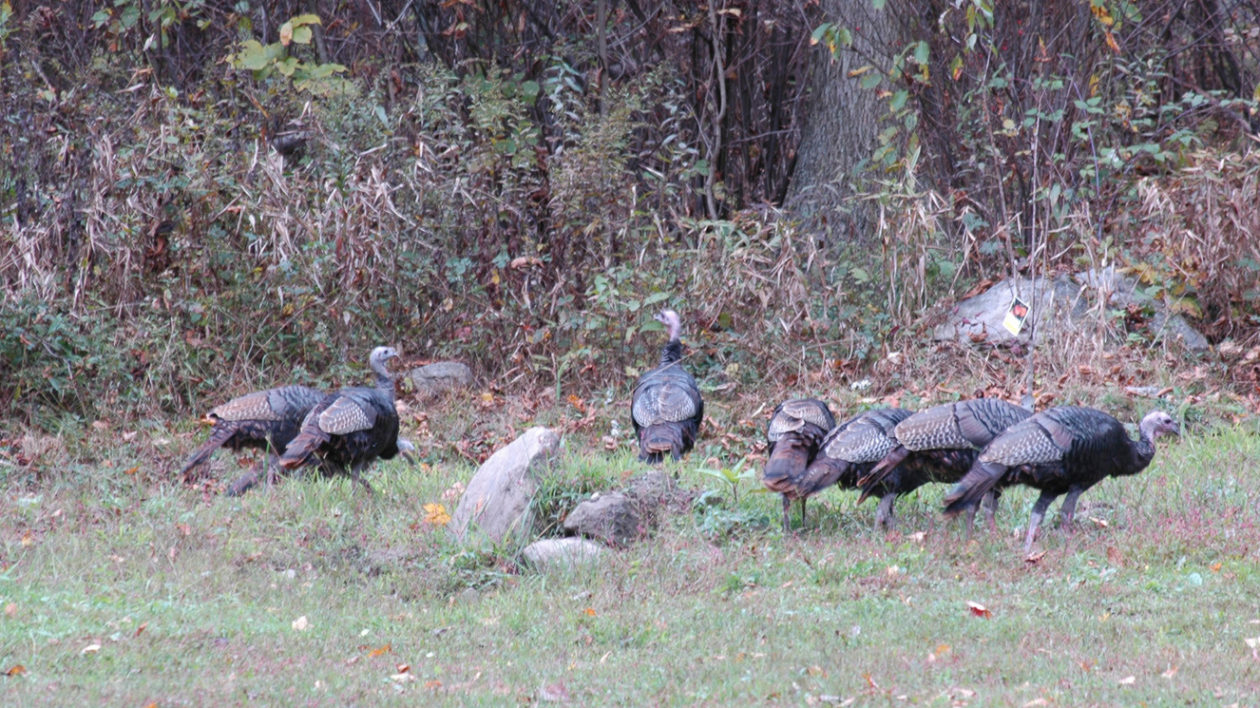
All these turkey flocks will likely be located in different parts of a forest. They don’t interact much at this time of year.
They do interact with each other within a flock. At this time of year, turkeys are always with the flock and call constantly each other to ensure they’re close by. They feed and call, feed and call. These calls are all quite soft, but you can often hear them in the hardwoods if you listen closely.
Say you’re out for a hike and you stumble into a flock of turkeys. They’ll run and fly in every direction. But within minutes, they’ll begin calling. Loudly. Hens make a harsher yelp, while young chicks give a higher-pitched call, often referred to as the kee-kee.
Sustainable Fare
What will be on your Thanksgiving table?
They will call to each other until the flock is reassembled. This may suggest an idyllic picture of a fall turkey flock, but let’s not get anthropomorphic. An important aspect of flock life is establishing dominance. Both male and female turkey flocks in the fall are full of squabbles, dominance displays and even fights – all establishing who is at the top of the pecking order. This is important in determining breeding rank come spring.
Occasionally, you will even hear a particularly aggressive male turkey let out a full-throated gobble. This is again establishing dominance, but it’s far less common than in the spring, when male turkeys gobble loudly and frequently.
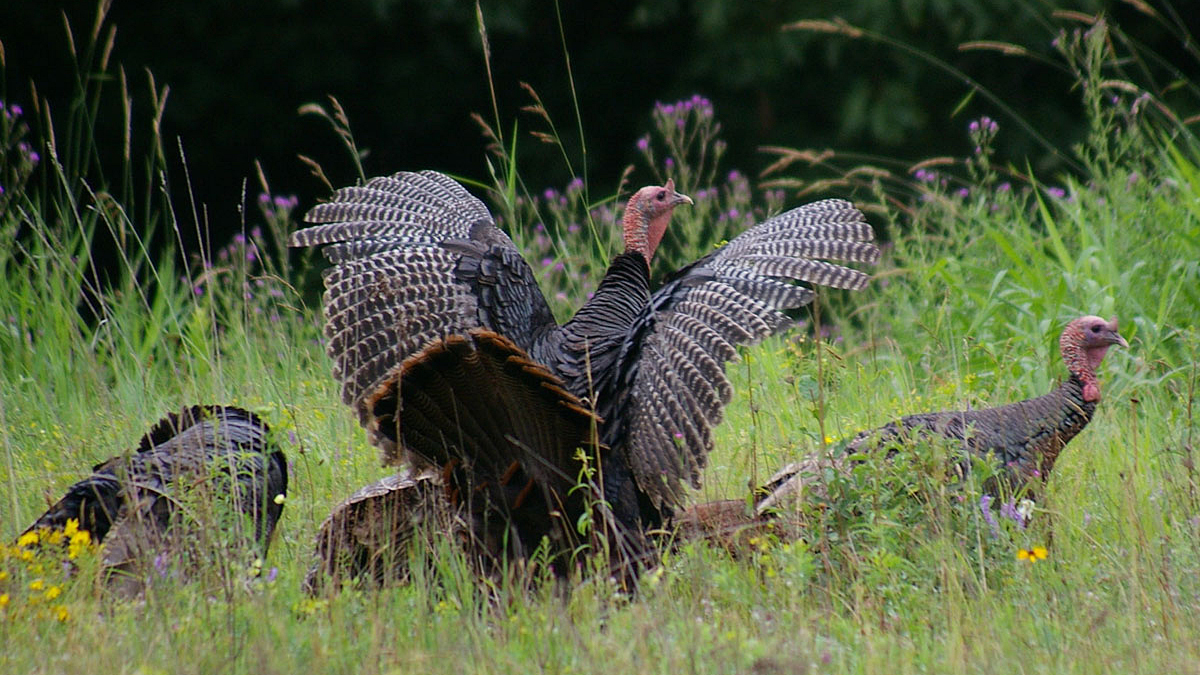
Of Acorns and Roost Trees
Turkeys are quite habitual at this time of year, often living in a defined area and even following a similar route each day. As with all wildlife, where they’re found is determined largely by food and cover.
Turkeys are noted omnivores, as ornithologist Joe Smith has written previously on Cool Green Science. They’ll eat everything from fruits to frogs. But they do have preferred foods. In the summer, they can often be found in meadows, feasting on grasses and insects like grasshoppers.
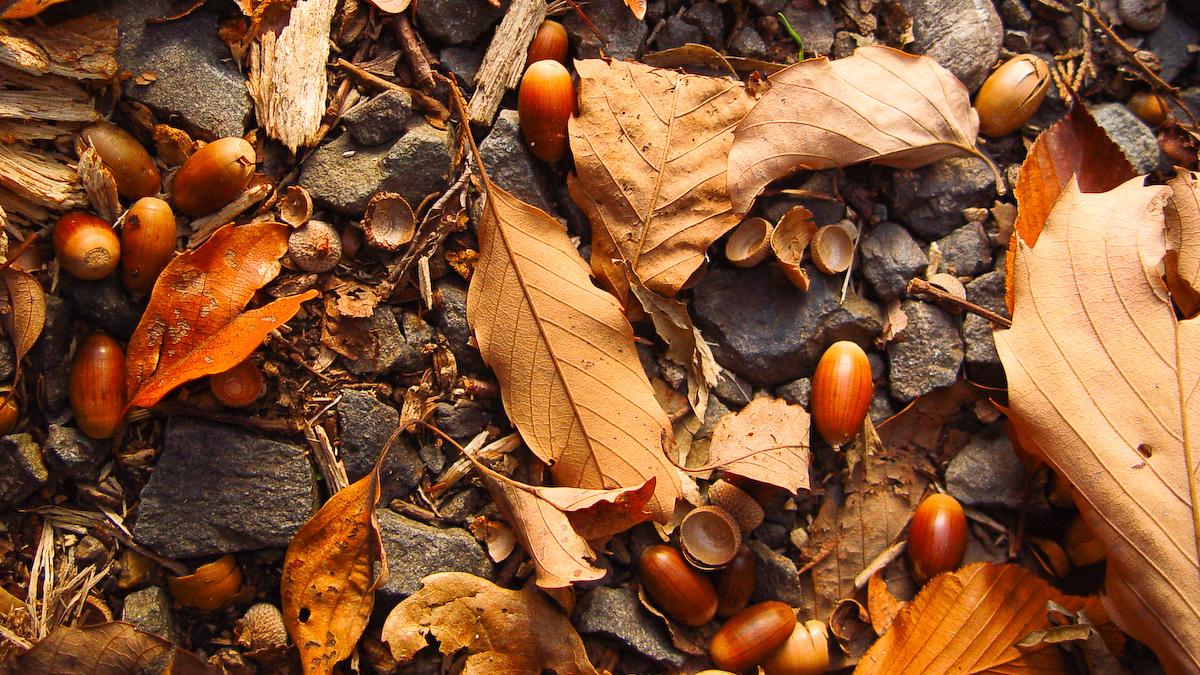
In the fall, they will still haunt fields, particularly those with dropped corn or grain. But in much of the turkey’s range, they shift to the acorns and nuts – called mast by land managers – of hardwood forests. Flocks may move several miles to find acorn-rich environments. Acorns are calorie rich and turkeys spend a lot of time feasting.
In fact, I often hear them scratching long before I hear them calling. They dig through the leaves, with often large bare spots of ground remaining. These scratchings are a great way to locate a fall turkey flock.
Turkeys are very alert birds, with excellent eyesight. In the daytime, it would be difficult for a predator to stalk a flock of 30 turkeys. There’s always at least one scanning the forest. But when they rest at night, they’re vulnerable. A turkey is a large, protein-rich dinner for a coyote, fox or bobcat. And so the turkey roosts in trees, where it’s safe from ground-dwelling predators.
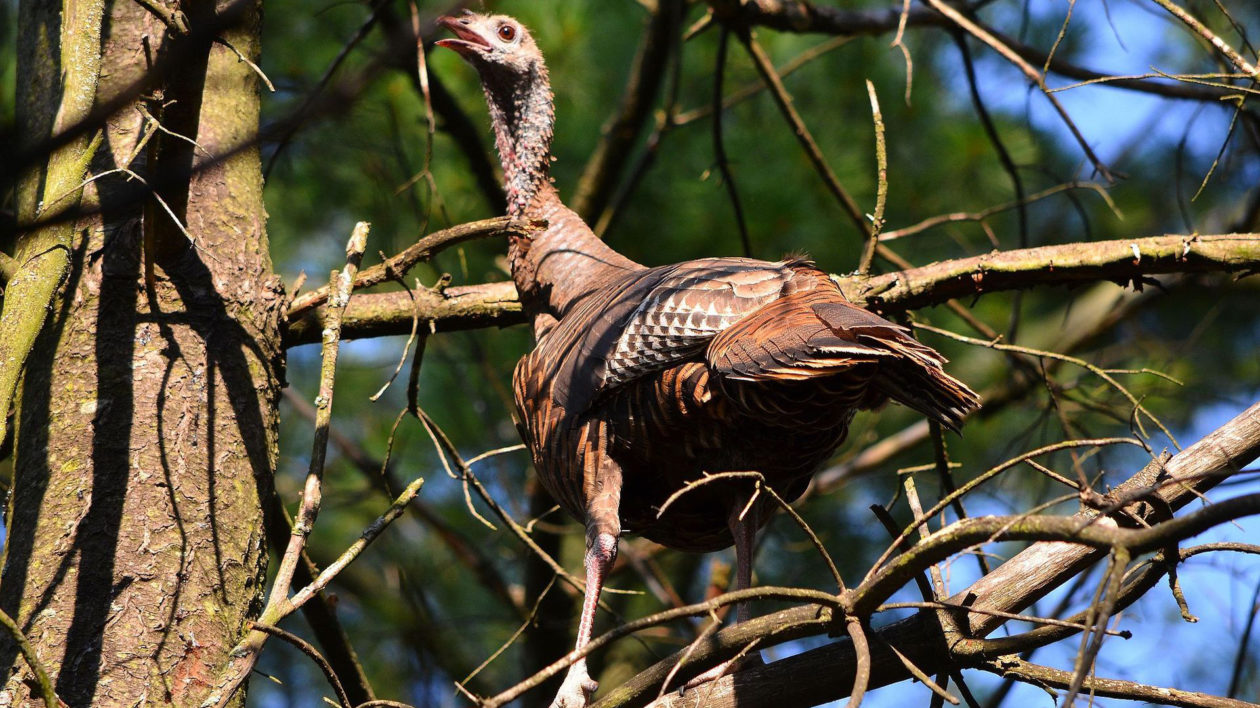
A turkey is a big bird, and it needs fairly large trees for roosts. I have noticed that gobblers, in particular, seem to roost in huge trees with a great vantage point, like on a ridge or along a river. I haven’t seen any literature to back that up, but it’s been my observation in a variety of habitats.
Turkeys can fly surprisingly fast in open terrain, but maneuvering is not necessarily a strength. I always find it entertaining to watch them fly off a roost at dawn. Some will fly over my head with an audible whoosh, sounding like a hang glider. But many will bounce into branches and trees as they descend to the forest floor, a true crash landing.
If you find a patch of forest with plentiful acorns and some large trees, nearly anywhere in the United States, chances are there are some turkeys nearby.
Given their fall antics – the scratching, roosting, and dominance fights – they’re spectacular birds to watch. Since they’re abundant, and increasingly found even close to towns and cities, turkey spotting is a widely available adventure. You will need to be extremely quiet to catch a glimpse.
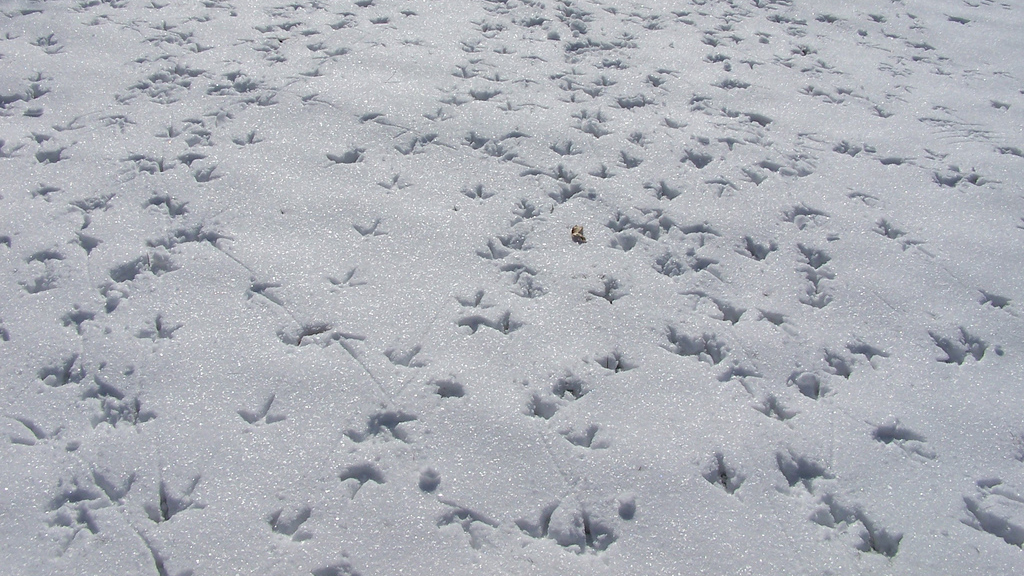
If you’re lucky enough to have a slight snow fall, a flock of turkeys is also easy and fun to track. Their large feet are unmistakable, and due to the large number of birds moving together, they’re incredibly easy to follow. You will see how the individual birds move, sometimes straying a bit too far, then moving back. You’ll see lots of scratchings and perhaps where wings brushed snow during fights.
Follow along and you’ll see exactly how turkeys spend their days.
If you’re looking for a great adventure for Turkey Day, head outside for one of the greatest shows in the woods.
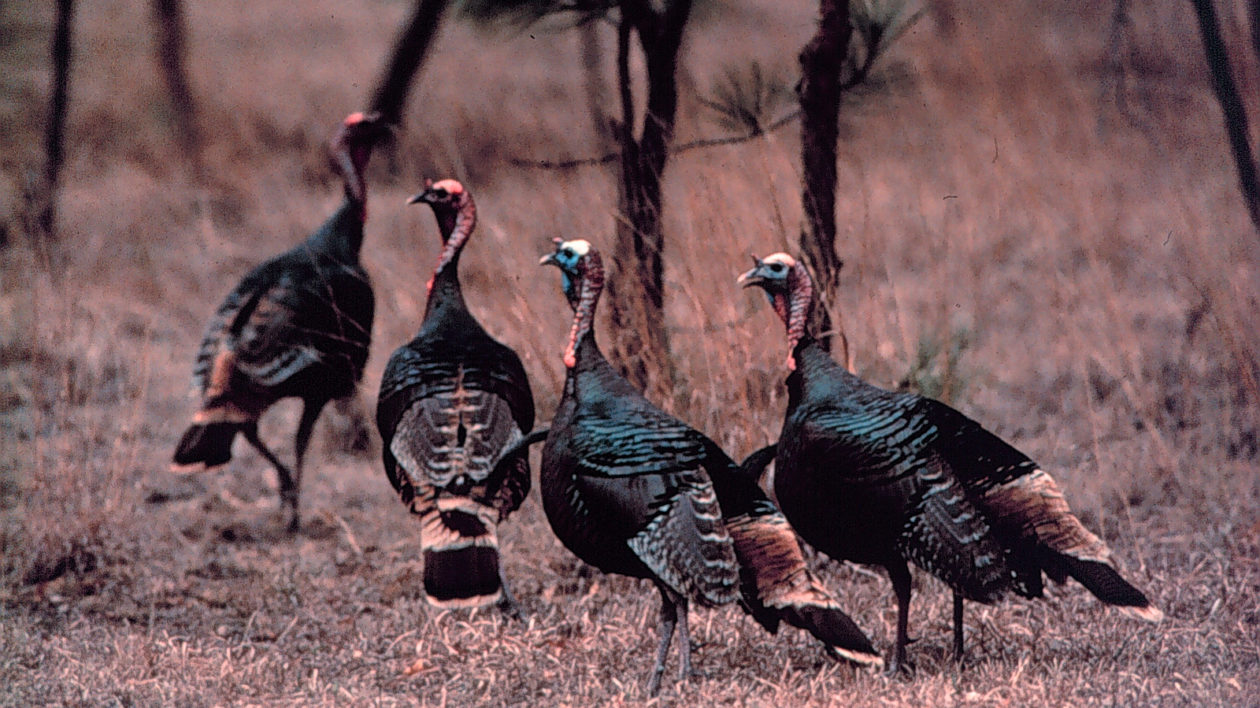
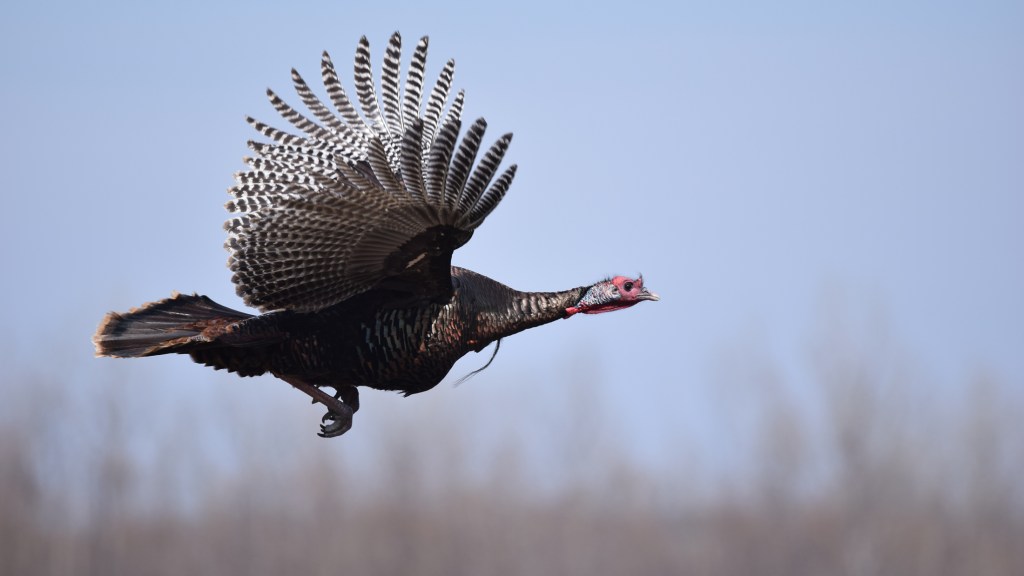



I’m in a golf course/residential area. Last year we had wild turkeys appear, about 7 males 4 females…wandering separately. I walk up and down the streets here. Today the flock of males I believe started following me…was kind of disconcerting as I didn’t know their intent? I’d stop, turn around and they’d stop, when I continued walking they’d follow. I wasn’t sure if they would attack so shooed them away. Do you know their intent? Must have looked funny to passers by!
I have a flock of Wild Turkey to entertain me. 50 + Turkey in cold months. They do eat a lot. ?
i live in mountains outside of pagosa springss, with about a hundred turkeys in trees behind my house. I’ve found when i put out cracked corn, the older, bigger turkeys don’t come down until younger turkeys finished. why?
We have 3 wild turkeys that visit our parking lot at work. Normally they just walk on through and go to the wetland by our building. Today they are strutting around in circles with their feathers all spread out on display. as they walk around they almost purposely put their wing feathers down to drag on the ground. They are so beautiful…I LOVE when they visit! I have a couple video’s I would love to share with you.
Just wondering why the turkeys(wild) are doing their mating dance in the fall. They spread the feathers and puff up like in the spring.
Hi Mary,
Thanks for your question. They are not doing their mating display in the fall. It is likely a dominance display. Turkeys are very hierarchical and enforce that hierarchy throughout the year, including through dominance displays like puffing up.
Best,
Matt Miller
Editor, Cool Green Science
Hello Matthew, I live in a very small town located between two lakes in Lower Northern Michigan. My street is the last street city street in town and has a lot of woods. At the north end are homes with fields and trees. One of the residents sells corn in bags, and he also feeds it to the deer and turkeys. Every year we have a flock of turkeys which wonder up and down our street. It’s fascinating to watch them mature every year. The flock is typically 20 or so turkeys with 2 or 3 mature turkeys in charge. All summer, they stay together. They come into my yard, check out the bird feeders for dropped seeds and carry on lovely conversations. It is now the end of November, and they are still wondering around, but in much smaller groups. Awhile ago, a group of six showed up. One left alone, three went to the back yard, and three visited my front porch (bird feeder). After 15 minutes or so, the three on the porch started to leave and the rest of caught up to leave in a group. After reading your article, I understand the smaller groups a little better. The burning questions are: What happens next? Where do the adults go? Why do we have so few adults in the Spring? Do they leave for the winter?
Hi Viola,
Many thanks for sharing your observation and for your questions. Turkeys are often found in different areas in the spring than in the fall. They do not migrate, they just shift where they’re frequenting. Spring is mating season. You will sometimes see groups of young males (“jakes”) together, and sometimes hens will travel around. But often, the toms (older males) are establishing their dominance, and are by themselves. Hens will tend to the nest and chicks. Sometimes you will see male turkeys strutting in a field, or hens and chicks feeding. But often they are quite cryptic. Listen in a nearby woodland, and you may hear them calling. Hope this helps.
Best,
Matt Miller
Cool Green Science editor
We saw four wild turkeys in our backyard in Cambridge, Massachusetts today. My cat and I spent quite awhile watching them out our back window. I said (jokingly, of course) that maybe they were hiding out there since it is the day before Thanksgiving. They are quite common around here, showing up even right in the middle of Harvard Square, a busy commercial district near the university.
I enjoyed the article!
Matthew,
It all falls right in the pocket of what we’ve witnessed this last year. Thank you for your exposė.
Here, on the ridges ( YOU’RE ABSOLUTELY CORRECT) in the coastal hills of northern California, they roost in the redwoods at night, and we laugh at some of those crash landings, too. We kind of figured this band of six were males, lazily taking advantage of us for grain all summer. (I changed our chickens to a sunflower seed, corn/oats diet and created some stations for the wild birds, like pileated woodpeckers, marbled murrelets, towhees, etc.) and we became an immediately popular stopover starting in mating season last spring. Then the hens disappeared forever never reappearing with chicks, until now, November 3rd. Today we saw 19 streaking through our property on the road… on the way to the state park probably, where there are historic apple orchards. Turkeys are really fun to draw and observe. They moved in for sure! But on open wild land, they move around unattached., and would otherwise be smart to avoid routine which coyotes, fox and bobcat pick up on. There are plenty of acorns, but they also probably stay CLOSE because of hunting season, and the females uphill, who found nesting spots all over the place. The hens have finally shown up after summer’s absence with their almost full grown offspring. There is nothing funner than saying gobble gobble to a turkey but I find whit whit whitting makes a friendlier impression. becky
??? We have a lone hen turkey on our property for 3 + days. She forages seeds pinion etc all day. At night she disappears into the trees lining the acequia. She’s definitely alone, perfectly healthy, she can fly.
We we’re lucky to have 6 wild turkeys in our yard this fall for awhile they just left .One young hen
Stayed I don’t know why.
We have wild turkeys around our five acres. Lately, one of the big Toms is always alone instead of with the other 6 or 7 toms. Is this normal?
Hi Gayla,
Thanks for your question. It is not unusual for a male turkey to go off on its own. Usually in the fall, they will be in a small flock, but I have seen big toms off on their own. Hope you continue to enjoy turkey watching.
Best,
Matt Miller
Editor, Cool Green Science
Mr. Miller,
Thank you for your so interesting article. I live in Quebec, Canada and for 2 months I had a flock of wild turkeys coming twice a day for some seeds and corn. At one point one of the smallest ones was hurt on a leg and could not keep pace with the flock. When they moved, I imagine, to higher ground he was left alone in spite of being nudged by another in order to move… amazing, even trying to make him fly! The situation now is worrisome as he walks, limping, and come twice a day to eat a bit of seeds.
If he cannot run fast and start flying I am so worried that he is an easy prey… Would you be kind to give me your opinion and calm down my worries? I would be very grateful!
Thanks for your comment and question. It is difficult to know for sure. I will note that turkeys are adaptable, resilient and often surprisingly tough. I know it is difficult to watch. But predation is natural, and often predators do target the weak and injured. I wouldn’t bet against the turkey visiting your feeder; it sounds like it is surviving quite well. But a predator could view it as an easy meal.
We just had 13 “jakes” walk across our driveway and go down the road. They were beautiful and all talking to each other. Thank you for this very informative article!
Matthew- What a good and informative article here! I have been tracking and hunting wild turkeys and noticing their behaviors for many years both on my property in Buckingham Virginia and other areas in the state where I travel, hunt and camp. The wild turkey is my favorite of all game animals and even when I’m not hunting them I enjoy tracking and watching them. I can relate to so much of what you have written. Thanks for your very in-depth renderings of your turkey experiences. If you ever wish to study some of our Virginia turkeys contact me. My best, Francis
Francis,
Thanks for writing. I am glad you enjoyed the story. It is always good to hear from others who enjoy observing the fascinating behavior of wild turkeys. Look around Cool Green Science — we have many other stories about turkeys. Best, Matt